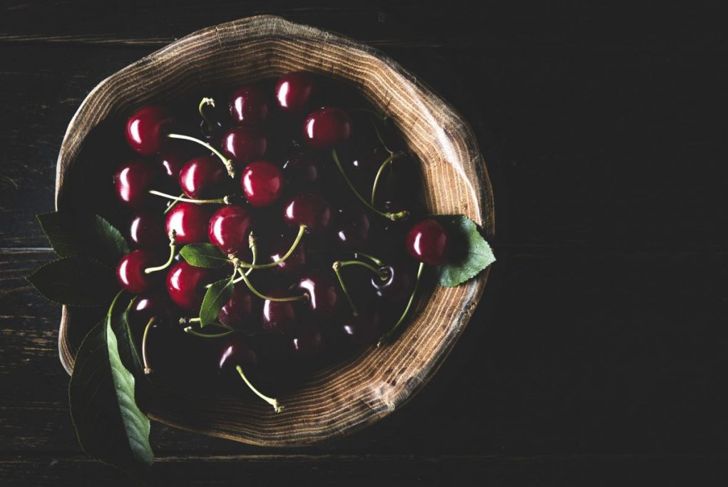Gout is a form of arthritis that develops when there is a high level of uric acid in the blood. The acid forms needle-shaped crystals which are then deposited in the joints causing inflammation and severe pain. Redness, warmth, and swelling commonly accompany flare-ups. One way to lessen the chance of a gout flare-up is to follow a low-purine diet which decreases the level of uric acid in the body.
How Does Diet Affect Gout?
Gout is caused by an excess of uric acid in the bloodstream. Most uric acid is made naturally by the body. Diet provides about a third in the form of purines which the body then converts to uric acid. Uric acid is typically flushed out by the kidneys, but in the case of excess, it can become deposited in the joints. Avoiding foods high in purine is key to controlling gout.
Meat
Organ meats like liver, kidney, tongue, and sweetbreads are high in purines and best avoided. Red meat does not have quite as many purines as organ meat but can still cause problems and should only be eaten occasionally. Turkey is high in purines, too. When it comes to meat, chicken and duck are the safest choices.
Seafood
Some seafood is very high in purines and should be avoided, including sardines, herring, mackerel, anchovies, and scallops. Fish like tuna, salmon, and trout have moderately high purine levels but also have a lot of heart benefits and can be eaten in moderation. Crab, lobster, shrimp, mussels, and oysters can be enjoyed every so often as well.
Vegetables
There are some vegetables that are high in purines like asparagus, spinach, cauliflower, and mushrooms but, according to the Mayo Clinic, studies have shown that eating high-purine vegetables doesn’t increase the risk of gout. For people with gout who want to play it safe, stick to low-purine vegetables instead, including bell peppers, squash, and cabbage.
Alcohol
Too much alcohol changes the uric acid level in the body. Beer and hard liquor, in particular, have an increased risk of triggering an acute or recurrent attack. Interestingly, wine does not seem to have the same associated risk and is a better choice for people maintaining a low-purine diet. That said, all alcohol – even wine – should be avoided during an active attack. Between attacks, beer and distilled liquor should be limited.
Sugar
Fructose is a natural sugar found in a lot of fruits. It is also the main sugar in high fructose corn syrup which is used to flavor a lot of processed foods and juices. Sugary cereals, baked goods, candy, sweetened fruit juices, and soda should all be avoided on a low-purine diet. The body metabolized fructose into purines, elevating uric acid and increasing the risk for a gout attack.
Fruit and Vitamin C
Some fruits are particularly high in fructose but can still be enjoyed every once in a while because they do still offer a lot of health benefits. People with gout should consume apples, grapes, watermelon, and dried fruits in moderation. Vitamin C may actually help lower uric acid levels so fruits high in vitamin C are a better choice. Give oranges, grapefruit, strawberries, and pineapples a try.
Coffee
According to the Arthritis Foundation, studies have shown that men who drink four or five cups of coffee a day have a 40 percent less chance of developing gout than non-coffee drinkers. But the effects on people who already have a history of gout are the opposite. A study in 2010 showed that a sudden increase in caffeinated beverages for people with gout made attacks more likely. It’s best for people on a low-purine diet to avoid this caffeinated drink.
Cherries
While we already covered fruit, cherries deserve a special mention of their own. Not only are they safe for a low-purine diet, but they may also actually help reduce gout attacks. A study in Arthritis and Rheumatism in 2012 showed that flare-ups were less likely after consuming cherries or cherry extracts for two days. For people with gout, cherries are the best fruit to include in their diet.
Other Tips
There are other things that people with gout can do during symptom-free periods that can help. In addition to sticking to a low-purine diet, drinking plenty of water is beneficial. Maintaining a healthy body weight can also reduce uric acid levels. Finally, paying close attention to the type of food and portion size that cause problems can help avoid problems in the future.

 Home
Home Health
Health Diet & Nutrition
Diet & Nutrition Living Well
Living Well More
More




















